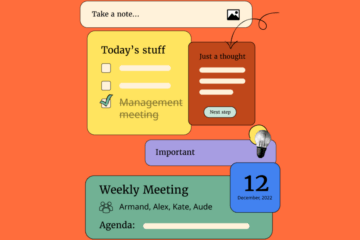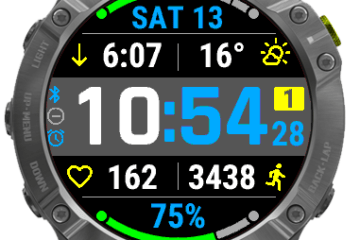Five years ago, millions of people watched the same programs and commercials at the same time, often leading to an alignment of public consciousness around specific topics.
Those days are gone. Appointment viewing is in decline, and traditional TV shows no longer attract huge volumes of viewers across a single broadcast. Why? Because of mobile devices.
Mobile apps now have the same reach, if not more, than mainstream TV shows, yet the rules for TV definitely don’t apply. Mobile apps are subject to constant fluctuation, unlike the relatively stable audiences of a prime-time TV show 10 years ago.
While app audiences are growing overall, those with the biggest gains have 10 million to 20 million users. Half of smartphone users don’t download any new apps in a month, and the average user downloads just two. Mobile users are placing much more value on the ones they do have, spending an average of 33.5 minutes a day in the 100 most popular apps.
Apps can rise to the top of the charts in a matter of hours, and fall out of it just as easily. Ever hear of Flip Diver? Produced by a small games developer studio in Finland, it was released in August after the Rio Games and rose to the top of the App Store in a few weeks.
It was as prime-time as you can get – millions of consumers were deeply engaged in it, multiple times a day, with session times that were often longer than a TV show. No one saw it coming. And then, a few weeks later, much of the marketing opportunity was gone.
Imagine if brands caught Flip Diver during those critical weeks when it generated so many downloads and engagement. A clever brand campaign could have been the water cooler conversation of the month.
This raises a question: How do we reshape prime time for the mobile age? Today’s prime time is not just about time and place. Sure, marketers can now reach a consumer during one of their many mobile moments over the course of a single day and evening, and possibly capture their attention in a quality way – just as they might with a traditional prime-time TV slot. At the pace that the mobile app ecosystem is expanding, they can achieve scale, too.
But in addition to “when” we reach consumers, it’s also about the “how.” The way that brands have traditionally addressed their potential customers in those prime-time slots is simply not effective today. Advertisers must fundamentally rethink how to approach customers in these top 100 apps within gaming, entertainment and music – just as they did a few years ago to fit within the context and capabilities of the largest social platforms.
Advertisers must play with different formats, such as short-form and in-feed video, and deeply consider consumer context, including time of day and previous purchase behavior, to deliver ad experiences that are relevant, entertaining and, ultimately, effective.
But their approach must also evolve over time. Will mobile apps still offer a prime-time opportunity five years from now?
[Source:-Ad Exchenger]



